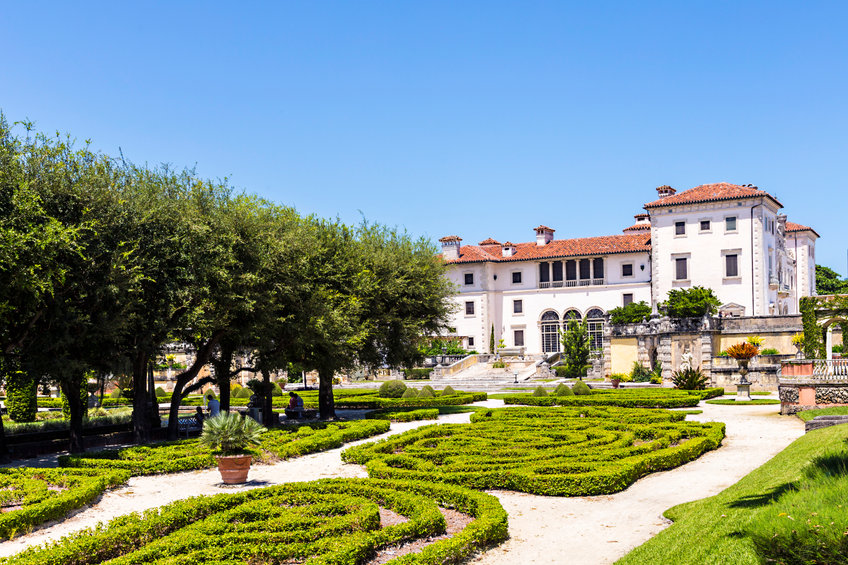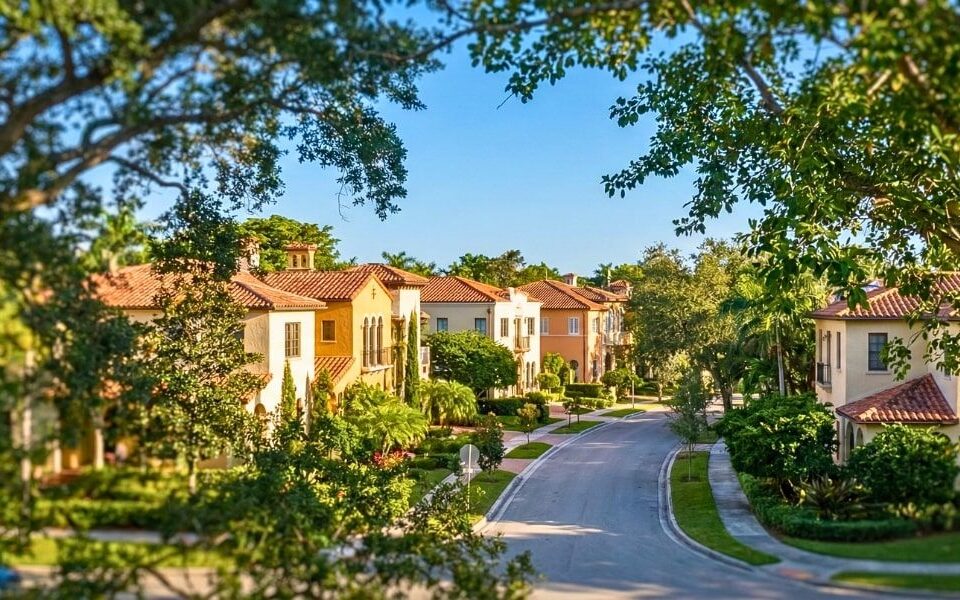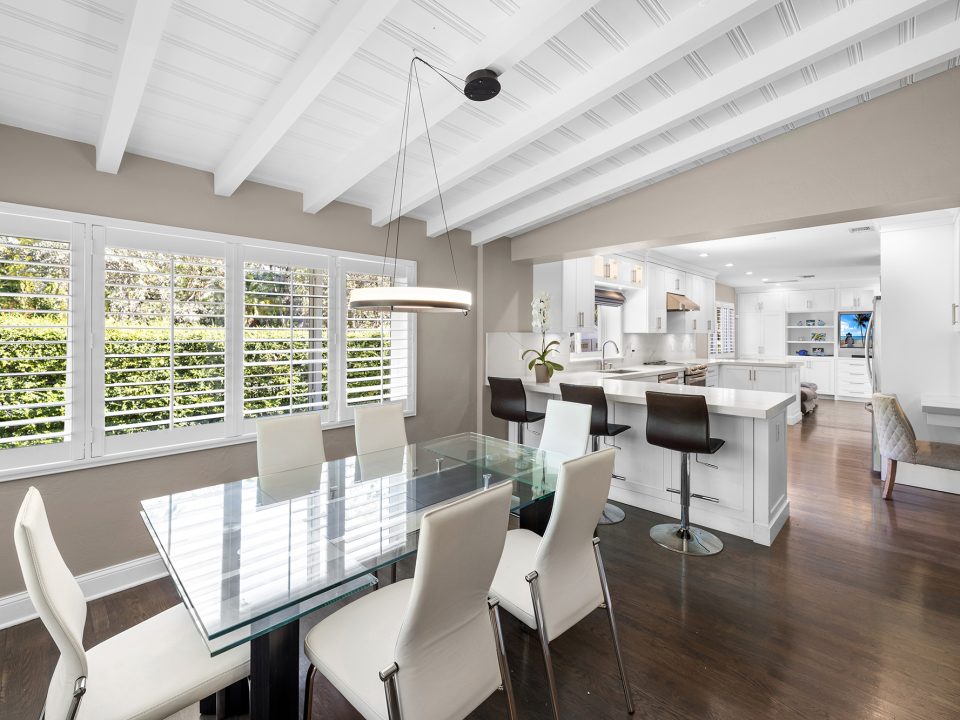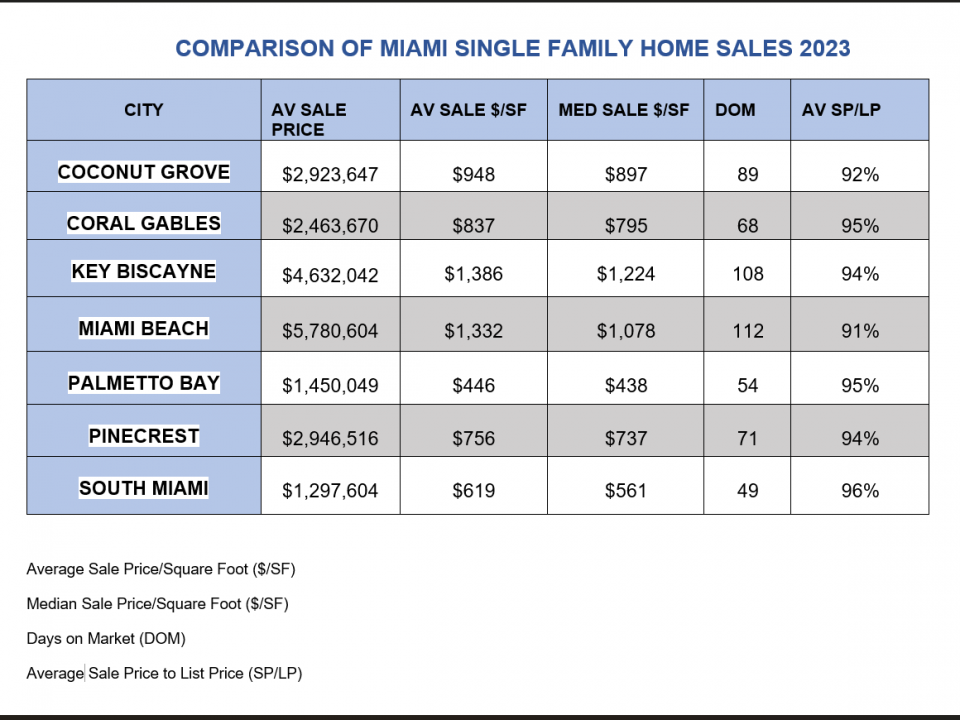Visit Vizcaya Museum and Gardens and Travel Back in Time

Your trip to Miami will be incomplete if you don’t visit Vizcaya Museum and Gardens. Located in an exquisite waterfront setting, the museum is named after one of Spain’s most beautiful beaches. James Deering, a prolific businessman and early Miami pioneer, built the property’s majestic Renaissance home on Biscayne Bay in Coconut Grove.
A ten-acre formal garden surrounds the estate, as does a mangrove shoreline and rockland hammock. As a National Historic Landmark, Vizcaya provides a historical experience to satisfy the senses of anyone who visits.
Plan a visit to Vizcaya, and if you need more reasons to do so, you definitely need to check this out.
4 Reasons Why You Need To Visit Vizcaya Museum and Gardens
1. Magnificent Architecture
Vizcaya is distinguished by magnificent architecture, thanks to over ten years that it took to design and build the estate. It features more than 70 rooms, each decorated with various antiques taking you back in time.
It emphasizes 15th through early 19th-century European decorative art and furnishings and several baroque elements incorporated into the landscape. Several architectural details, including the large Courtyard, were adapted to fit the Miami tropical climate.
2. Exquisite Gardens
The Italian Renaissance gardens spread over ten acres at Vizcaya are one of the main reasons to visit this estate. Landscape architect Diego Suarez designed the formal gardens similar to those at Versailles in France. Visitors can spend hours strolling through the exquisitely maintained grounds
The themed gardens at Vizcaya include the Secret Garden, the Fountain Garden, the Center Island, and the Garden Mount & Casino. The south side of the Center Island is sure to delight for its stunning views of the gardens to the Main House.
3. Extensive and Diverse Collection
James Deering was an ardent traveler and antique collector. He collected rare antiques and works of art from Europe, Asia, and the United States to fill his estate. Several diverse collections can now be found throughout the main house’s rooms. Plan on a few hours to get through them all.
Paul Chalfin, the estate’s architect, also acquired specific furniture and sculptures to accomplish the exact aesthetic depictions of each space. This is especially apparent when looking through the various bedrooms (a total of 9 guest rooms).
4. Bayside Views
Vizcaya was designed to be accessible by water. A boat-shaped “barge” made from limestone quarried in the area, exhibits sculptures by American artist Alexander Stirling Calder. Unfortunately, the once elaborate greeting area has not stood the test of time.
Although the barge is no longer used, you can still admire the views along the bay and it’s ornate stonework. This makes for a wonderful backdrop for a few selfies.
Take a step back in time at one of the most opulent mansions and museums in Miami. Tour this early-twentieth-century house on your own or with a guide and learn about its history, architecture, and magnificent grounds. Vizcaya is not to be missed!
Have questions about the area? Talk to a local expert today!



